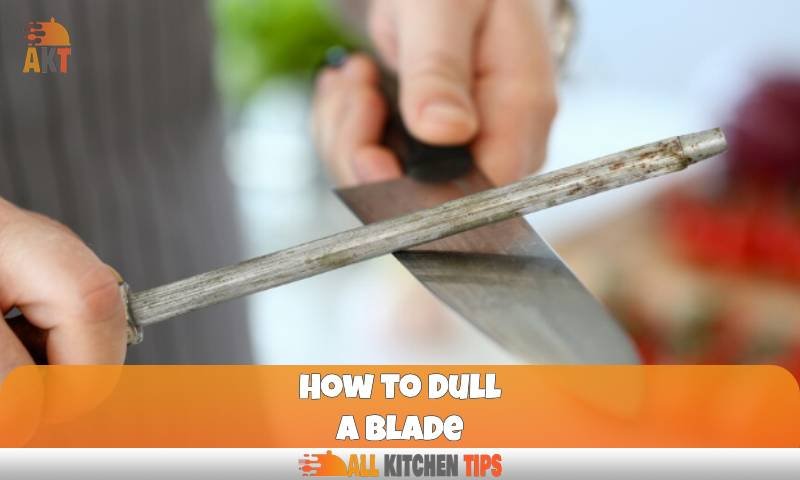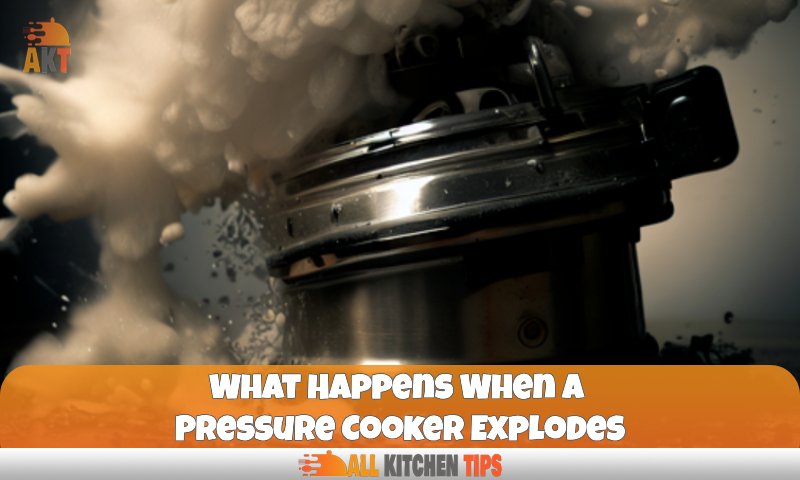Every home cook knows the value of a sharp knife. It’s easier to slice and dice your ingredients, you can make precise cuts with it, and you’re less likely to injury yourself with a sharp blade than with a dull one.
But have you ever wondered how long your knife sharpener will last? The answer depends on how you care for it. If you want to get the most life out of your knife sharpener, here are some tips to maximize its life and keep it performing at its best.
We’ll start by looking at how often you should sharpen your knives, as well as any regular maintenance and cleaning tasks that your knife sharpener might need. From there, we’ll dive into other ways to take care of your knife sharpener so it can continue to make all of your knives razor-sharp for years to come.
What to Look for in a Knife Sharpener
Are you looking to buy a knife sharpener? With the right kind of investment, you can keep your knives in top condition and make them last a lifetime. Here are a few key features that you should look for when shopping for a knife sharpener:
- Electric Models: If you’re an avid cook, investing in an electric model might be ideal. Electric models can sharpen even very dull knives, making them easier to use; this is especially true when cutting vegetables, fruits, and meats.
- Slots/Guides: Many models come with slots or guides that help ensure the correct angle when sharpening your knives. A properly angled blade will stay sharper for longer and help maintain the longevity of each knife.
- Size: The size of the sharpener doesn’t affect its cutting ability; the difference really comes down to portability and convenience. If you plan on using your knife sharpener primarily at home, size might not be a major concern. But if portability is important, consider looking for one that’s compact enough for travel and easy storage.
Proper Cleaning and Maintaining Your Knife Sharpener
Maintaining your knife sharpener ensures it will last for years to come. It’s best practice to clean the knife sharpener after each use in order to remove particles from the blades and keep them from building up. To do this, use a lint-free cloth to wipe down the sharpener. Do not rinse it with water.
It’s also important to clean the blade guides regularly, as these are particularly prone to dust and debris buildup. To do this, it’s best to use a small cleaning brush and a cleaning agent such as honing oil or dish soap solution. This will help loosen any stuck-on debris, allowing you to easily remove it without damaging your system’s parts. Finally, remember to thoroughly dry your knife sharpener before returning it to its case or storage container.
Honing vs Sharpening: Know the Difference
Knowing the difference between honing and sharpening is essential to extending the life of your knife sharpener. Sharpening removes material from the blade to produce a new, sharp edge. Honing, on the other hand, keeps the blade sharp by pushing the edge of the knife back to the center. Technically, honing isn’t sharpening because it doesn’t take away any material. However, it does keep your blades aligned, which extends their lifespan and keeps them working for longer.
Honing is regular maintenance that extends a knife’s sharp edge, and it’s something that people tend to overlook—but it’s crucial if you want your knives to last for years instead of weeks or months. Make sure you have a quality steel rod, or honing rod so you can keep your blade aligned and often enough to keep its edge longer. A honing rod is a simple but powerful tool that only requires one stroke per side per use, so maintenance takes just seconds. That being said, there are certain knives with angled edges that will require more strokes than others in order to obtain maximum sharpness.
Ways to Extend the Life of Your Knife Sharpener
So you want to make sure your knife sharpener lasts for as long as possible? Good move, Sharpening knives can be expensive, so it makes sense to maximize the lifespan of your sharpener. Here’s a few tips on getting the most out of yours:
Sharpen Your Knives Regularly
It’s important to sharpen your knives regularly—at least every 2-3 months or so if you have a ceramic knife. If you find that your knives aren’t cutting like they used to, give them a quick tune-up with your knife sharpener.
Utilize a Honing Rod or Strop
Your knives will stay in excellent shape and last longer between complete sharpening sessions if you use an honing rod in between sessions. The blade’s edge can be repaired by simply scraping an honing rod along each side of the blade. Most hardware stores carry honing rods and strops.
Glide the Knife Edge Across the Sharpener
When using a knife sharpener, do not press too hard; just use the weight of the blade itself when running it over the surface of the plate or polishing wheel. Exerting extra force can damage your blade and dull its edges more quickly, so use pressure sparingly.
Different Types of Sharpeners and Their Lifespans
The type of knife sharpener you choose can also impact how long it lasts. Generally, most knife sharpeners — from manual stone sharpeners to electric models — can last you years, and even a lifetime with proper care and usage.
Electric Sharpeners
Electric knife sharpeners are a great choice for quickly sharpening your blades, and they usually last anywhere from one to five years. They can be more finicky than manual options, so be sure to read the user’s manual before using one.
Honing Steel
Honing steels are what many professionals, including chefs, use because they’re more forgiving than electric models and they don’t have settings that can dull the blade if used incorrectly. They’re also more durable — diamond honing steel can last from 5-15 years. And with proper maintenance and storage away from high-moisture areas like a kitchen sink, honing steels typically don’t need replacing at all.
When It’s Time to Buy a New Knife Sharpener
Sometimes it’s time to replace your knife sharpener. You know it’s time when the sharpener is no longer doing its job, or if the blade has seen enough use that you can’t make it better even after repeated uses.
If you’re in the market for a new knife sharpener, there are many different features and models to choose from. But remember, not all models are created equal, so it pays to do your research before you buy one.
You can find a good-quality knife sharpener in any number of stores, including Amazon, Walmart, Home Depot, and Bed Bath & Beyond. Knife sharpeners come in two varieties: manual and electric. Manual sharpeners are easier to store, but manual blades take more effort and time to sharpen. Electric sharpeners are faster and can handle more knives at once, but they take up more space in storage.
No matter what type of knife sharpener you choose, though, one thing is certain: a good-quality knife sharpener should last up to 10 years or more with regular use and proper care.
People Also Like: Discovering How Do Bread Machines Work Properly
Conclusion
Knife sharpeners are an essential tool for anyone who enjoys cooking. Having a sharp blade makes it easier to prepare meals and cuts back on time spent prepping. But with regular use and over time, knife sharpeners require maintenance to keep them sharp and safe. To maximize their life, try to clean, store, and sharpen them correctly. With the right care, your knife sharpener can serve you well for years to come.





